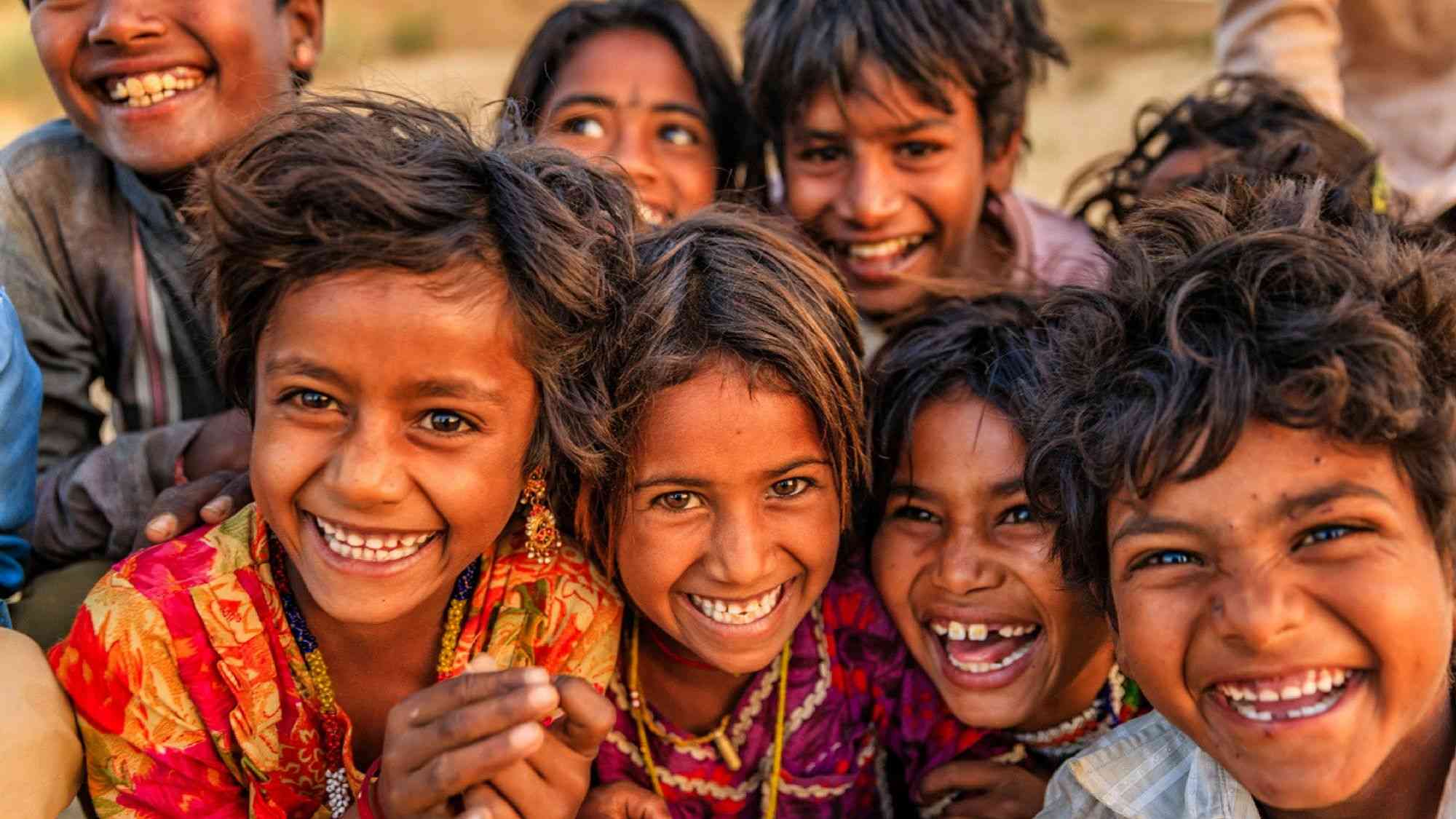The population of India, the second most populous country in the world, is 1.3 billion. Approximately 17.7% of the world's population lives in India. Thus, it is ranked 2nd in the world population ranking, but India, which gains 10 million new population every 3 years, is expected to pass China in the population density ranking in the years ahead. The average age in India is 27 years old, when people are fertile and productive, and there are 6 children per woman. In this fertile country, women and men were married at an early age and encouraged to have children.

There are many reasons for the high fertility rate in India. At the beginning of these; India's being a patriarchal society, the low level of education of women and men (that is, getting married from school and having long years for fertility) and the desire to have a boy. In India, the people who control the fetiliy rate are the husband and mother-in-low, that is, families, not the government. There is no effective family planning on the subject throughout the country. The person who has the least say in fertility is the mother who carries the baby in the veranda.
Thanks to the patriacal structure of the society, he is the person who has the right to speak in the husband fertility and other subjects. Besides, mother-in-low, who is the mother of the husban, also takes a supportive stance in the husban. “Women in India really don't have control over their reproductive lives because all sexual reproductive health decisions are essentially made by men. And you can't deal with an issue like population by itself. You have to look at the issue of infant mortality, or literacy, or women's status, because it's all very interlinked. This is a patriarchal society, and I think gender lies at the heart of the problem, really. " (World in The Balance 1 of 2)

In this partial system, families want at least two boys, and therefore they are constantly having children until the second boy is born. "Since in most societies males have been valued more highly than females, it is easy to understand why many families would continue to have children until they have at least one son. Also, if babies likely to die, a family may have at least two sons in order to increase the likelihood that one of them will survive to adulthood. " (Weeks, J. R. 2008). The reasons why parents want to have two boys are both that the boy is the person who works and looks at home, and that the boy will take care of his parents in the future.
A mother with eight children named Gooday is seen in the documentary. The husband and mother-in-law of Gooday, whose eighth child is a baby girl and no longer wants to give birth, does not accept this. They put pressure on the need to bear another boy. On the other hand, there are many problems that this fast fertility rate will cause in India.

As seen in the documentary, Bilma “I see that large families were often poorer. Their children didn’t have clothes to wear or food to eat that they played in dirt and didn't get an education. ” says. While the basic problems such as housing, nutrition, education are still not resolved, this rapid population increase will appear to bring infrastructural problems and educational deficiencies in the future. "In India, water tables are now falling in most states, including the Punjab, which is the bread basket of India, and this is making it more difficult to expand food production at a time when population is projected to grow by another half billion by 2050. "


